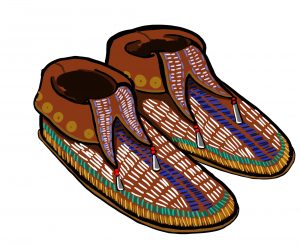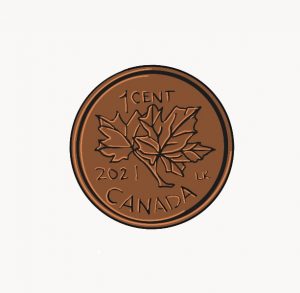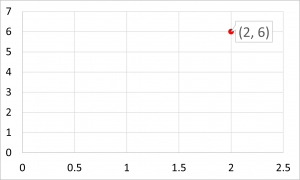P

| Pair | Two identical, similar, or corresponding things that are matched for use together [6] | nisotomākana |
 |
||
| Parentheses | A pair of signs, “(” and “)”, is used to indicate that the operation(s) on the quantities enclosed should be carried out first. [4] | wawi cakpaykanahk |
| 3 × (5 – 2) + 1 = 3 × 3 + 1 = 9 + 1 = 10 | ||
| Pattern | A design (geometric) or sequence (numerical or algebraic) that is predictable because some aspect of it repeats [1] | masinisâwân isi-askotomakak |
|
Algebraic sequence: 3, 7, 11, 15, 19,… Geometric sequence: 2, 6, 18, 54, 162,… Fibonacci sequence: 0, 1, 1, 2, 3, 5,… |
||
| Penny | The coin that represents the smallest unit of money in the United States and Canada, which is equal to 1 cent. [4] | piyak-pîwâpiskos |
 |
||
| Plane | A set of points forming a flat surface that extends without end in all directions [1] | môhkocikêwâkan |
 |
||
| Point (on a graph) | cacipiyikan | |
 |
||
| Product (mathematical) | The number obtained when two or more factors are multiplied. [1] | māmwi-akītȃk |
| in 1.2 × 3 = 3.6, 3.6 is the product |
||

